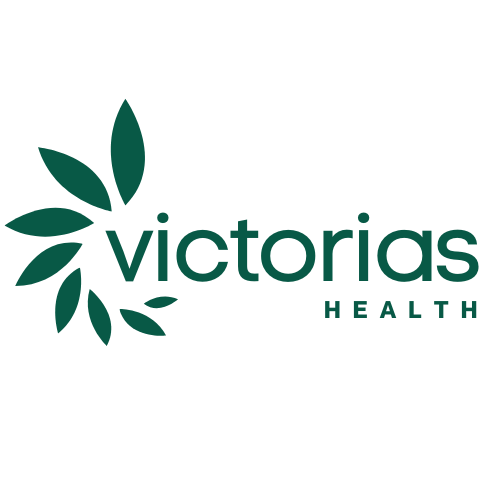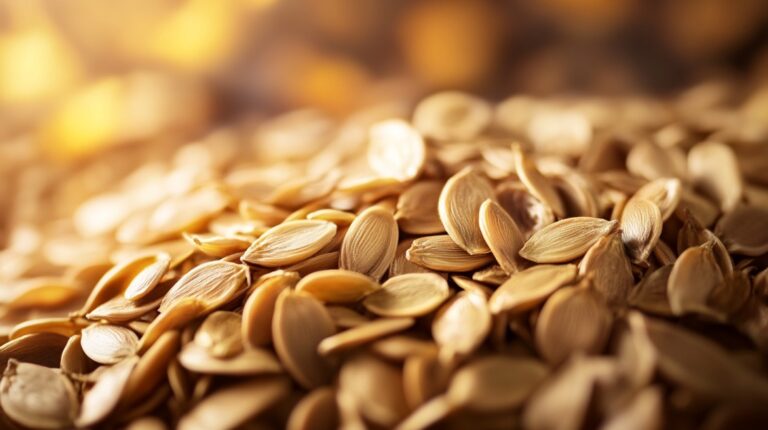Hormonal imbalances affect a large number of women at various stages of life, often manifesting in symptoms like irregular periods, mood swings, fatigue, and skin issues. Natural wellness enthusiasts have increasingly turned to food-based interventions, and one practice gaining attention is seed cycling.
The concept is simple yet specific: consume different types of seeds during particular phases of the menstrual cycle to support hormonal harmony.
The purpose here is to evaluate the premise, highlight the claims, assess scientific backing, and provide practical steps for implementation.
Let us talk about seed cycling in greater detail.
Claimed Benefits of Seed Cycling
Seed cycling is frequently promoted as a natural method to restore or support hormonal balance by strategically consuming specific seeds during the follicular and luteal phases of the menstrual cycle.
The practice relies heavily on anecdotal evidence and nutritional theories, yet many followers report noticeable improvements in their well-being. Several categories of benefits are commonly shared by those who try this routine.
One of the most frequently cited benefits is relief from premenstrual syndrome (PMS).
- Cramping
- Bloating
- Irritability
- Fatigue
Some even claim that cycles become less painful and more predictable over time. This is one of the first effects often noticed.
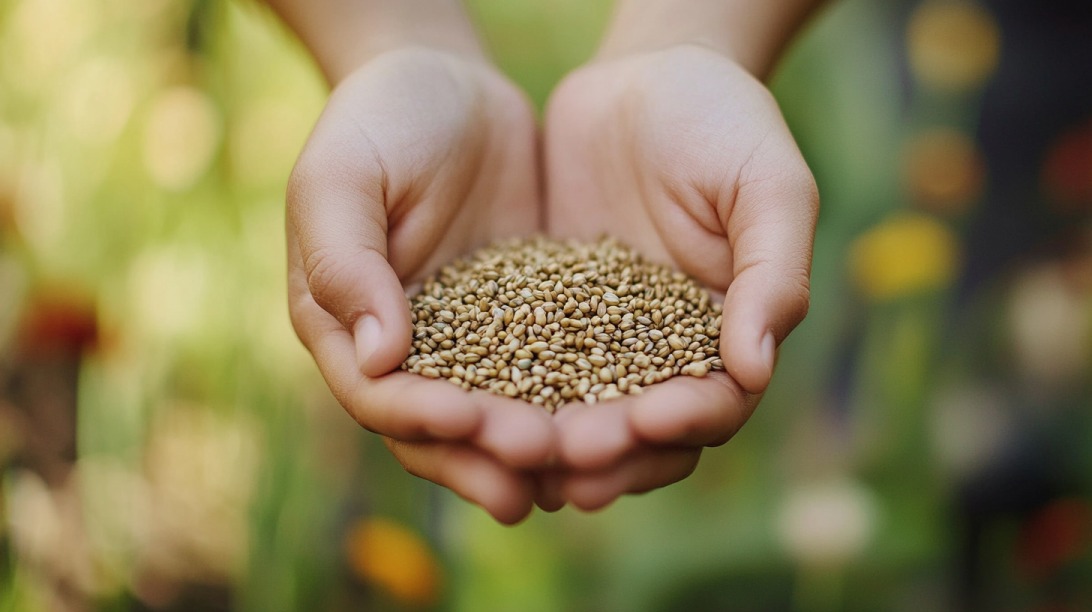
- Decreased menstrual cramps
- Reduced bloating and water retention
- Stabilized mood swings and irritability
- Improved energy during the premenstrual phase
Another significant area where seed cycling gains praise is in its use for hormonal disorders and irregularities.
Conditions such as polycystic ovary syndrome (PCOS), amenorrhea (absence of menstruation), and menopausal symptoms like hot flashes and sleep disturbances are frequently mentioned by users.
- More regular menstrual cycles in PCOS
- Return of menstruation in cases of amenorrhea
- Reduced intensity of menopausal hot flashes and night sweats
- Less hormonal fluctuation during perimenopause
Nutritional Components and Their Proposed Effects
Each seed used in seed cycling contributes specific nutrients linked to hormone production, liver function, and overall wellness.
Nutritional value is not just general but phase-specific, aligning with different hormonal needs during the menstrual cycle.
Several compounds found in these seeds are believed to play a direct role in regulating estrogen and progesterone levels, influencing emotional balance, reducing physical discomfort, and supporting metabolic functions.
Flax Seeds
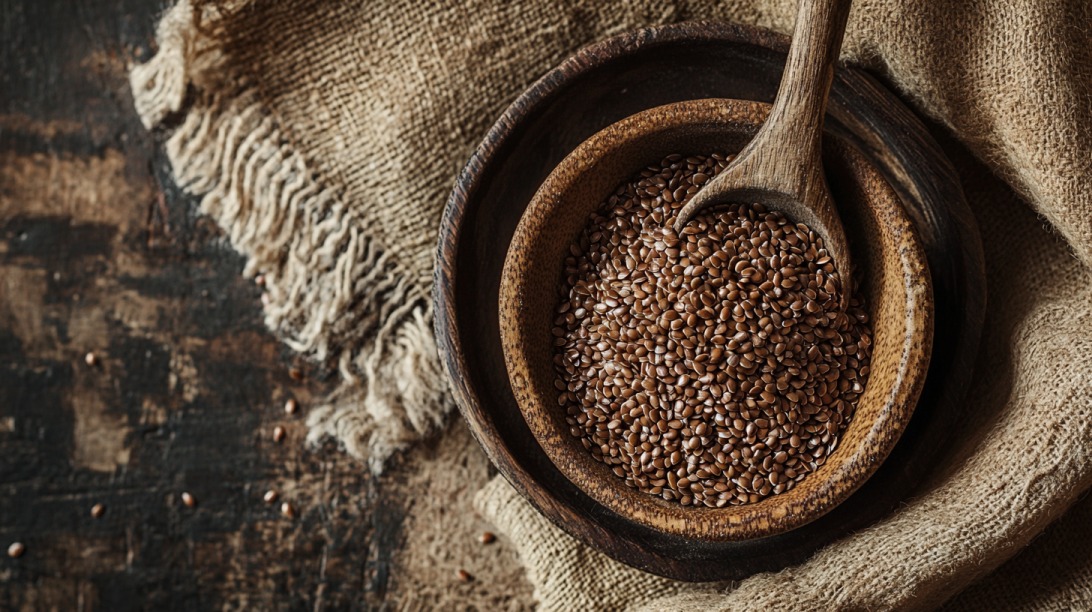
Flax seeds are frequently emphasized due to their high lignan content. Lignans are classified as phytoestrogens, compounds that can modulate estrogen activity by either mimicking it or blocking its excess effects, depending on what the body requires.
Flax seeds are also a strong source of omega-3 fatty acids, which support cellular health and reduce inflammation.
- High lignan concentration modulates estrogen levels
- Potential to regulate menstrual cycle length
- Reduction in breast tenderness
- Supports the metabolism of excess hormones
- Anti-inflammatory action through omega-3 fatty acids
Some small studies suggest regular flax consumption may contribute to more consistent ovulation and milder premenstrual symptoms.
Although limited in scope, these findings align with user-reported outcomes in seed cycling routines.
Pumpkin Seeds
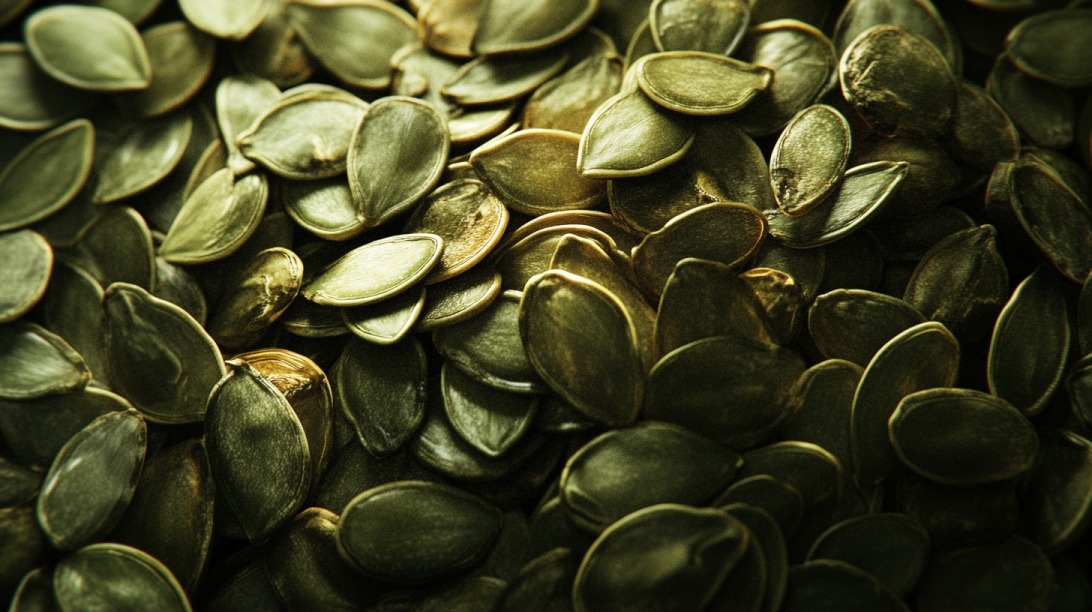
Pumpkin seeds bring significant zinc content to the follicular phase, supporting the production of testosterone and progesterone.
These seeds also contain tryptophan, an amino acid required for the synthesis of serotonin, the neurotransmitter linked to mood stability and quality sleep.
- High in zinc aids progesterone and testosterone synthesis
- Source of tryptophan supports serotonin and melatonin levels
- Promotes improved mood and better sleep
- May help regulate ovulatory function
- Offers antioxidant benefits via vitamin E and manganese
Pumpkin seeds are often praised for their role in strengthening the follicular phase by encouraging follicle development and balancing emotional fluctuations associated with estrogen fluctuations.
Sesame Seeds
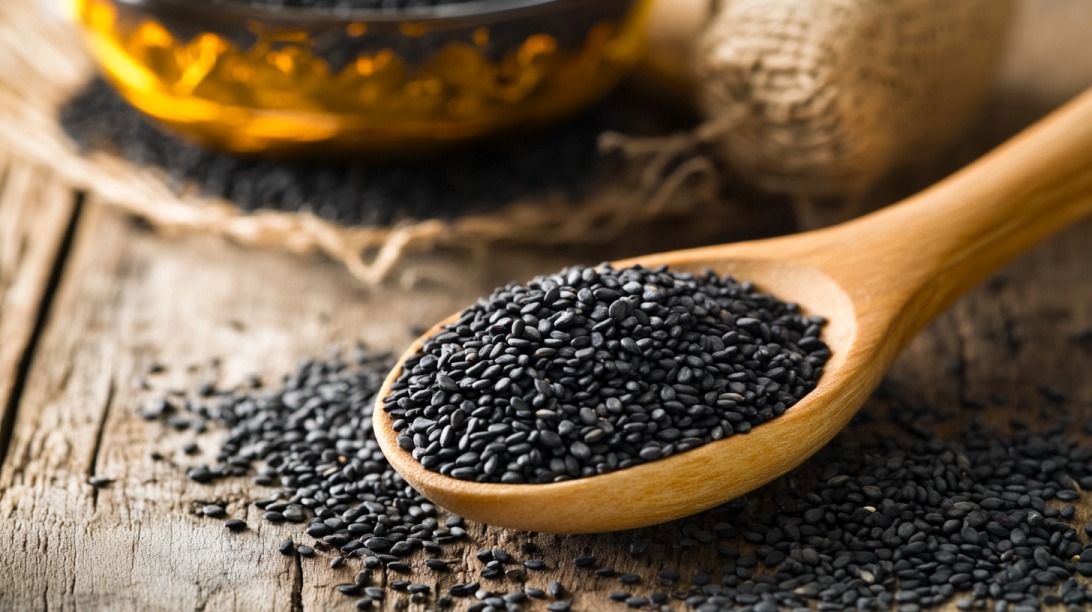
Use sesame seeds during the luteal phase to take advantage of their lignans and zinc content. These nutrients support progesterone production, a hormone that plays a vital role after ovulation.
Compounds in sesame seeds also help the body clear excess estrogen by promoting liver detoxification pathways.
- Lignans that modulate hormones during the luteal phase
- Zinc that helps sustain progesterone levels
- Anti-inflammatory agents that ease menstrual cramps
- Detoxification support for clearing excess estrogen
- Cardiovascular support through magnesium and plant sterols
Blend sesame seeds into meals or smoothies to enhance nutrient intake during the second half of the cycle. Their nutty flavor and dense nutrient content help stabilize hormones and ease symptoms as the body prepares for menstruation.
Sunflower Seeds
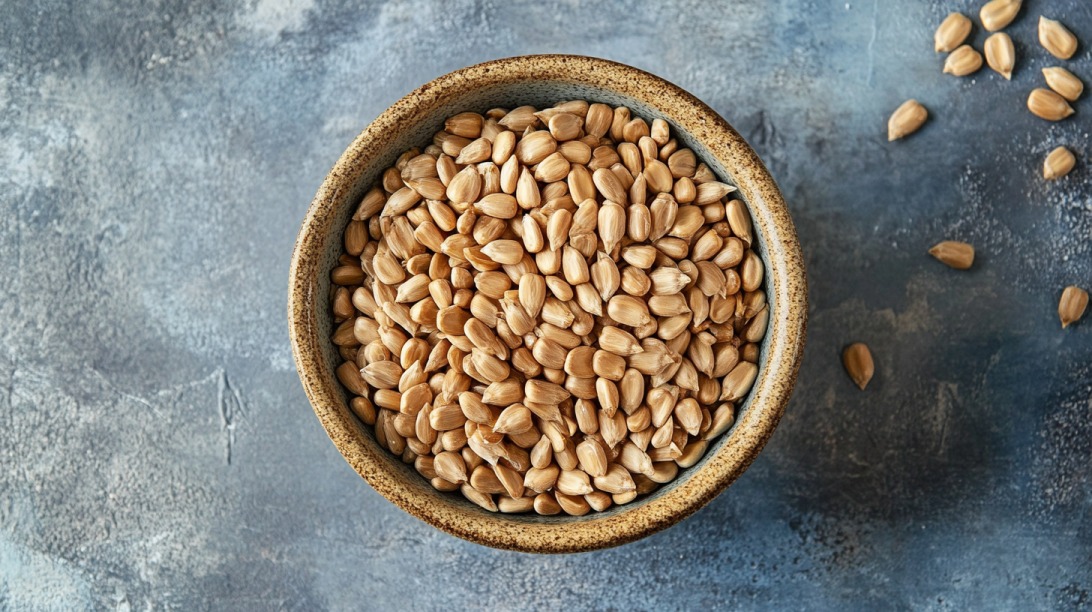
Sunflower seeds complete the cycle during the luteal phase and bring vitamin E and selenium to the forefront. These nutrients play a role in boosting progesterone, enhancing immune health, and promoting liver detoxification.
The presence of vitamin B6 also makes sunflower seeds helpful for mood-related symptoms like irritability and anxiety.
- Vitamin E supports progesterone production
- Selenium promotes healthy liver detoxification
- May reduce symptoms of PMS, including bloating and mood swings
- Offers antioxidants that protect against cellular stress
- Source of B6, linked to serotonin production and hormonal balance
Many seed cycling proponents suggest sunflower seeds as vital in addressing premenstrual irritability and fatigue.
Scientific Evidence: What Does the Research Say?
Scientific exploration into seed cycling as a structured hormonal support method remains in its infancy. The majority of available data focuses on the individual seeds used in the practice, rather than the concept of timed rotation.
Evidence is typically extracted from small-scale trials, nutritional studies, and biochemical analyses rather than comprehensive clinical evaluations.
Flax seeds have received the most research attention.
- Flax may help normalize ovulatory patterns by influencing estrogen levels.
- Lignans in flax interact with estrogen receptors and may support healthy estrogen metabolism.
- Research suggests a possible reduction in cyclic mastalgia when flaxseed is included in the diet.
Pumpkin and sunflower seeds, though less studied as hormonal agents, provide valuable micronutrients.
- Zinc (found in pumpkin and sesame seeds): Supports ovarian function and progesterone synthesis.
- Selenium (abundant in sunflower seeds): Contributes to antioxidant protection and thyroid regulation, both tied to hormonal balance.
- Vitamin E (present in sunflower seeds): May ease symptoms of PMS by influencing prostaglandin production.
Mood, sleep quality, and cognitive function are also associated with amino acids and trace minerals found in these seeds. Although these connections are indirect, they contribute to the perception of overall hormonal support.
Practical Guidelines for Implementation
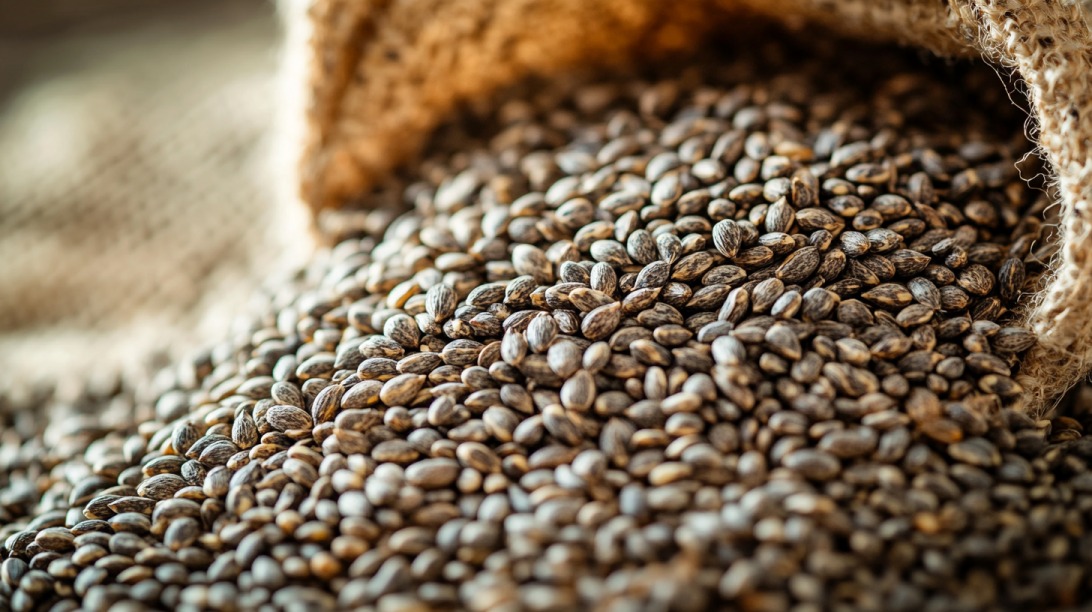
Implementation requires minimal equipment and planning, making it accessible for most people interested in holistic wellness.
Seeds should be raw and freshly ground to enhance nutrient bioavailability. A coffee grinder or spice mill works well for daily grinding. Store the ground seeds in an airtight container in the refrigerator to prevent oxidation.
Start the follicular phase (days 1–14) by consuming flax and pumpkin seeds. During the luteal phase (days 15–28), switch to sesame and sunflower seeds.
Each day, eat one to two tablespoons of each seed type according to the phase. Add this routine easily to smoothies, yogurt, oatmeal, or baked goods.
Several brands offer pre-packaged blends for convenience, with Beeya Seed Cycling Blends being a popular option. These products provide correctly portioned and labeled seed mixes for each phase.
Consistency is key. Results, if any, tend to develop gradually over several months. Keeping a journal to track symptoms may help identify changes or improvements over time.
Does It Really Work?
Seed cycling presents an intriguing idea rooted in nutritional theory and anecdotal feedback. Flax, pumpkin, sesame, and sunflower seeds do offer health benefits individually, and their timing-based rotation is based on hormonal phase theories.
Scientific evidence for seed cycling as a method remains sparse. While studies support some of the individual seed benefits, no definitive research confirms that alternating them during the menstrual cycle produces consistent hormonal improvements.
Trying seed cycling as a complementary approach may be worthwhile for those interested in gentle, food-based strategies.
